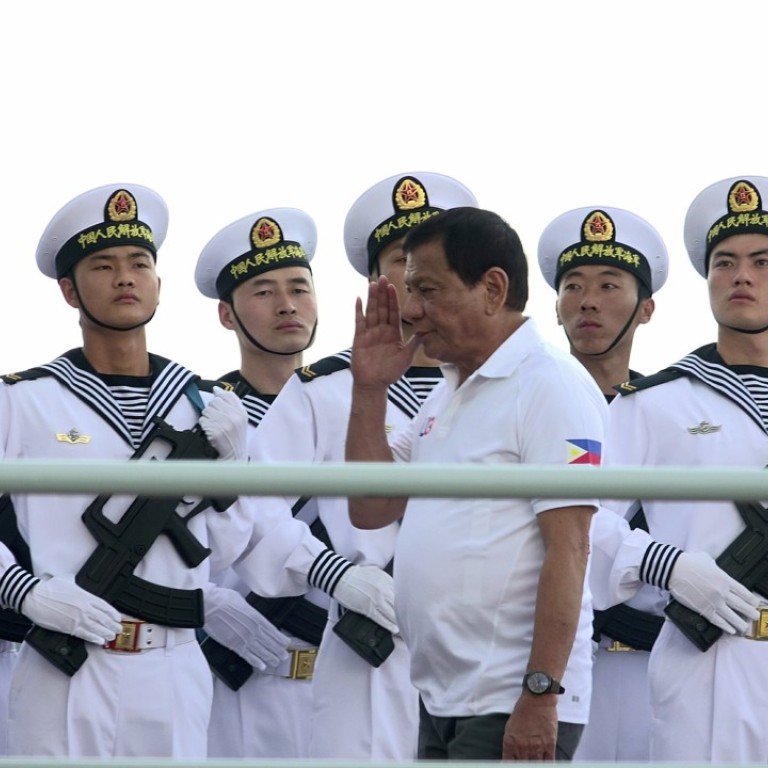
How China is using military ties to expand its reach in Southeast Asia
Joint exercises and arms sales help Beijing to offer itself as a regional counterweight to the United States
China has been stepping up its military engagement with Southeast Asian nations, a move seen as an attempt to counter balance the United States in the region.
Last week’s visit to China by Singapore’s Prime Minister Lee Hsien Loong saw the two countries reaffirming their commitment to conduct more joint drills in the latest sign that Beijing is strengthening its defence ties to Southeast Asian countries.
Analysts have highlighted how Chinese arms exports and the country’s regional military strength have helped improve its bilateral relationships and allowed Beijing to assert itself as an alternative to the United States, which has been closely involved in the region since the end of the Second World War.
In the midst of a rapidly changing security landscape, how significant is China’s regional military involvement?
Malaysia
The southeast Asian nation has seen its ties with China deepen in recent years after Kuala Lumpur’s cash-strapped government increasingly opted to do business with China’s state-linked weapons suppliers.
Malaysia has bought low-cost aircraft, warships, and rockets from Beijing in its bid to modernise its ageing military and fleet.
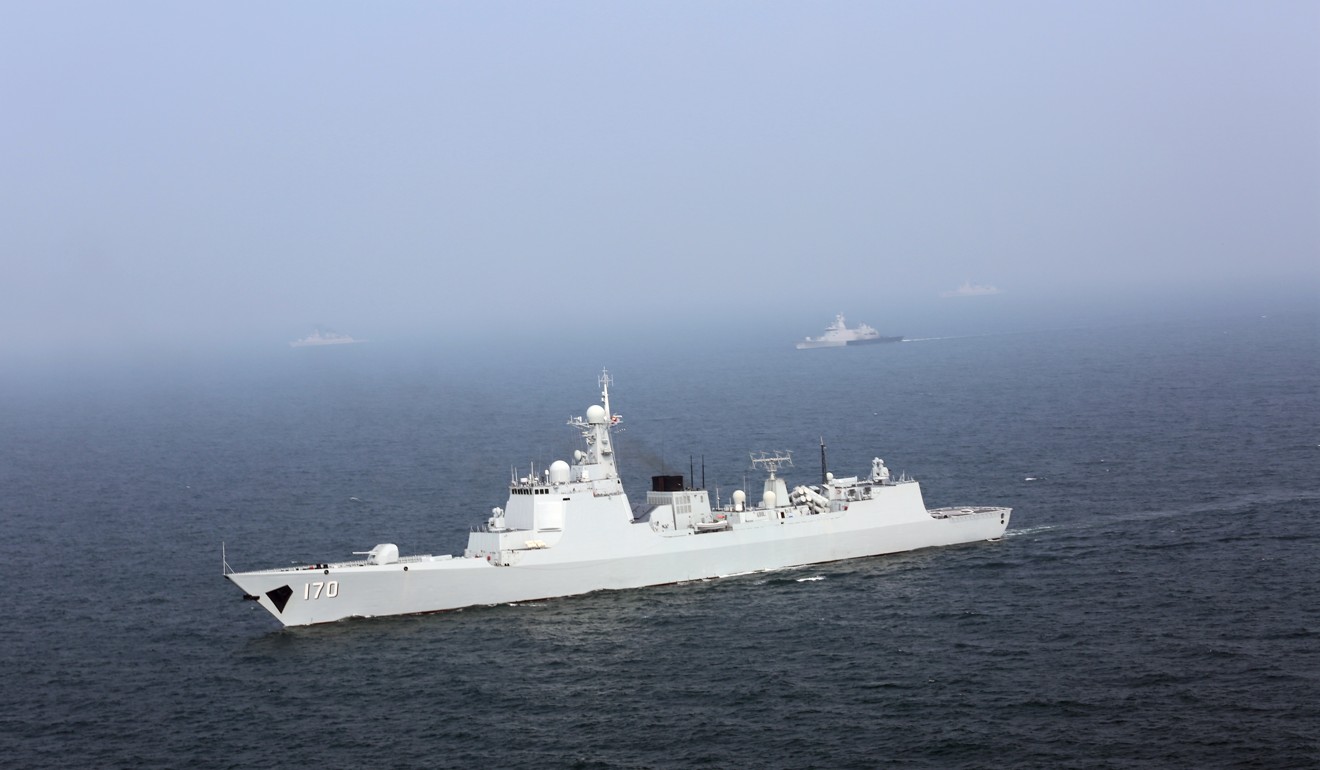
Last year, the two nations inked a 1.17 billion ringgit (US$278 million) deal – their first major defence contract – to jointly build four littoral mission ships, used for coastal patrols.
In April, the two nations set up a defence cooperation committee.
China has also invested some US$7.2 billion in developing a mega seaport near the Malacca Strait.
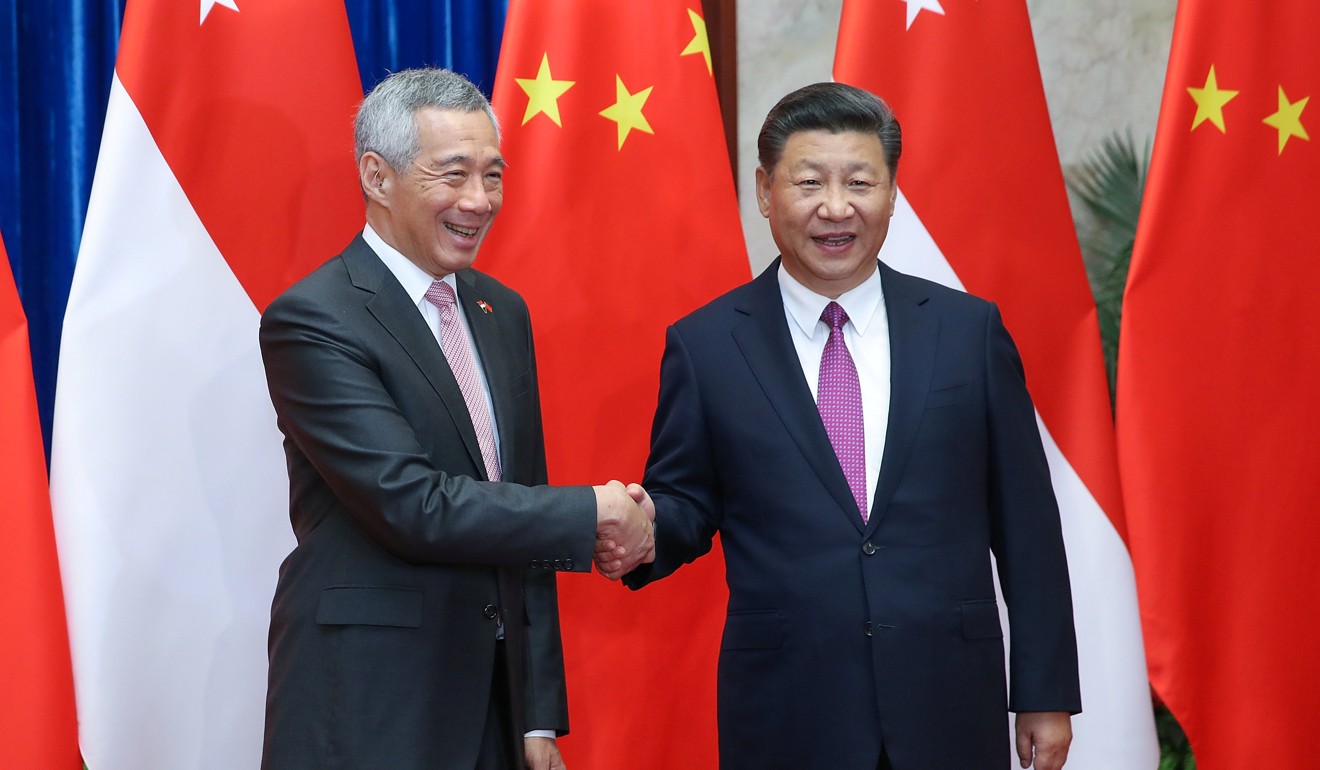
Laos
Laos has had an enduring diplomatic relationship with China. The two countries reaffirmed their cooperative military relationship during a four-day visit by Chinese officials to the small, landlocked nation earlier this month.
The two promised to deepen their high-level military exchanges, with China pledging to continue supporting the development of Laos’s communist army, Xinhua reported.
In April, China presented “office equipment” to the Laotian Ministry of Defence.
With China looming large as the nation’s largest foreign donor and investor, the two countries pledged to step up their military ties at the end of last year.
Philippines
The Philippines has been a long-time US ally in the region, but this strategic angle has shifted under current President Rodrigo Duterte.
Relations between Beijing and Manila have warmed in recent months despite ongoing mutual distrust over overlapping territorial claims in the South China Sea.
Chinese naval ships visited the Philippines for its first time since 2010 in April, and the Philippine coastguard sent 20 of its officers to train in China in May.
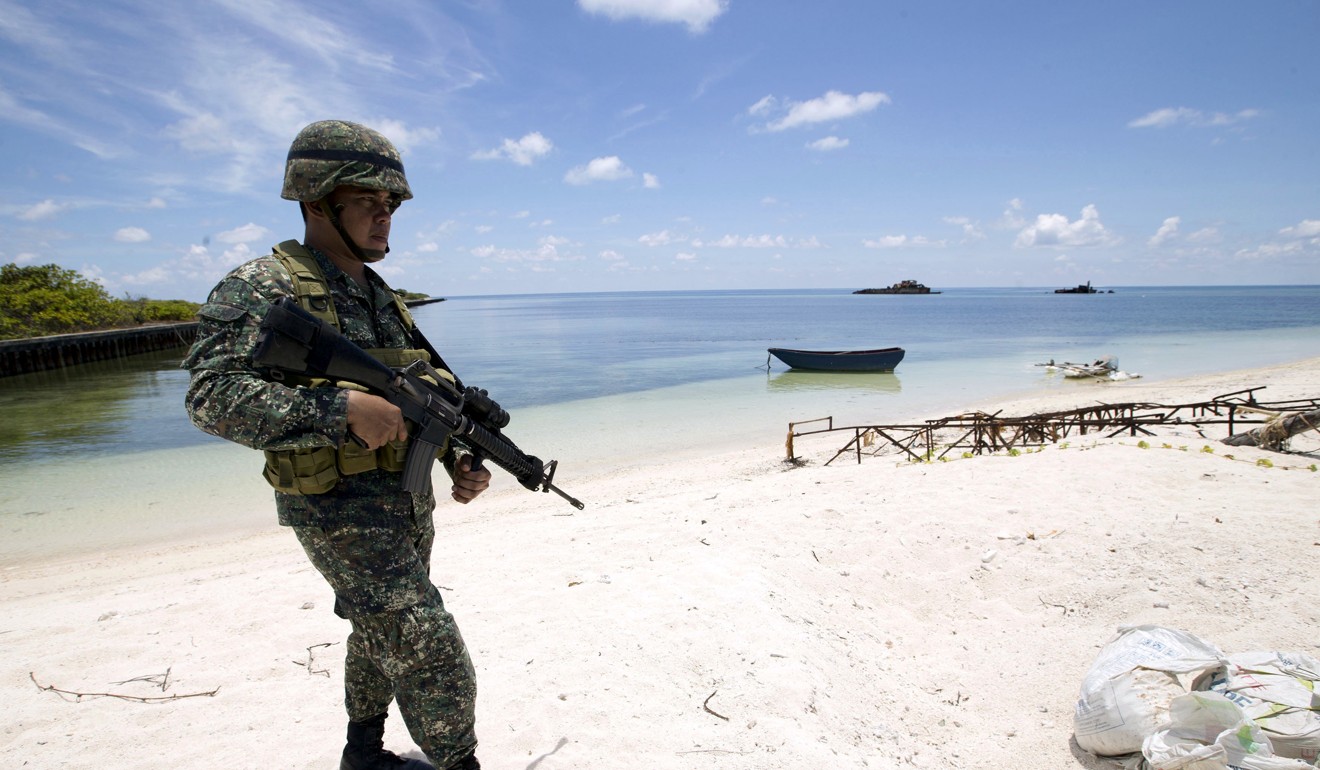
Duterte also signed a letter of intent in May to buy US$500 million in weapons and defence assets from one of China’s largest arms dealers.
In June, Beijing provided 370 million pesos (US$7.3 million) in military assistance to Manila in a high-profile ceremony, including some 3,000 rifles and six million pieces of ammunition.
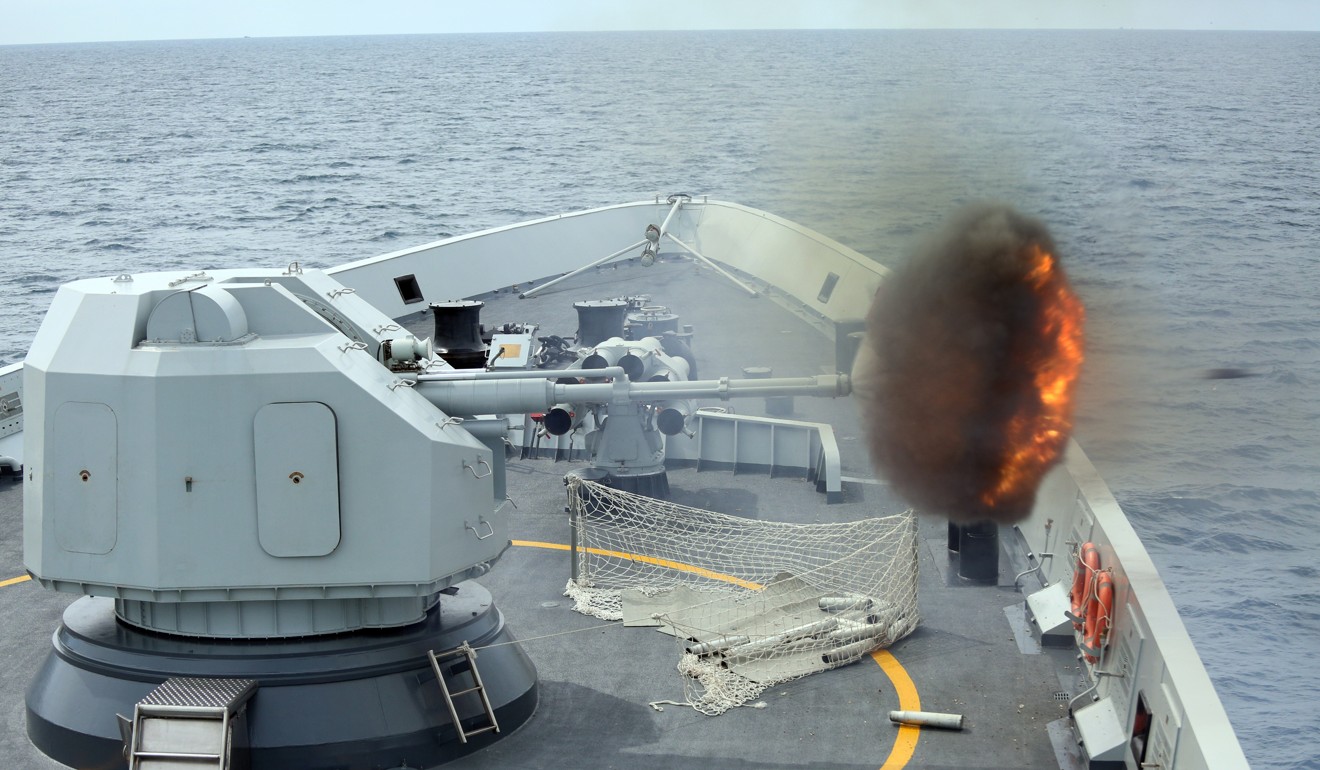
Cambodia
China has been engaged in military diplomacy with Phnom Penh for many years. It has been one of Cambodia’s largest arms suppliers since 2012, through arms sales, arms transfers, and donations of weaponry and equipment.
Beijing has also provided funding for Cambodia’s military, as well as engaging in large-scale development of Royal Cambodian Armed Forces personnel by funding military trainers and enrolling personnel into Chinese training programmes.
In October last year, Cambodia’s defence minister Tea Banh said the two countries had signed agreements for China to supply and fund the modernisation of its army, with plans to ultimately acquire Chinese fighter jets.
Thailand
Military cooperation between China and Thailand has grown in recent years. The country has edged closer to China since its mid-2014 military coup.
In June, Bangkok approved a request by the Royal Thai Army to buy 34 armoured personnel carriers from China in a 2.3 billion baht (US$69.3 million) deal, with more expected to come.
Earlier this year, its parliament approved plans to buy three Chinese submarines in a 36 billion baht deal.
The two nations also held joint military exercises, including both land and sea operations, in May and June last year.

